15029-32-0
| Name | n-cyanoacetylmorpholine |
|---|---|
| Synonyms |
(Morpholinocarbonyl)acetonitrile
3-(morpholin-4-yl)-3-oxopropanenitrile Acetonitrile, (morpholinocarbonyl)- EINECS 239-112-1 Morpholinocarbonylacetonitrile 4-Morpholinepropanenitrile, β-oxo- Morpholine, 4-(cyanoacetyl)- Acetonitrile, morpholinocarbonyl- Morpholine, 4- (cyanoacetyl)- 4-CYANOACETYLMORPHOLINE MFCD00023353 4-(Cyanoacetyl)morpholine N-(Cyanoacetyl)morpholine 3-(4-Morpholinyl)-3-oxopropanenitrile 3-morpholin-4-yl-3-oxopropanenitrile |
| Density | 1.2±0.1 g/cm3 |
|---|---|
| Boiling Point | 356.4±37.0 °C at 760 mmHg |
| Melting Point | 87 °C |
| Molecular Formula | C7H10N2O2 |
| Molecular Weight | 154.167 |
| Flash Point | 169.3±26.5 °C |
| Exact Mass | 154.074234 |
| PSA | 53.33000 |
| LogP | -0.85 |
| Vapour Pressure | 0.0±0.8 mmHg at 25°C |
| Index of Refraction | 1.488 |
Synonym:N-Cyanoacetylmorpholin Section 2 - COMPOSITION, INFORMATION ON INGREDIENTS
Risk Phrases: 20/21/22 Section 3 - HAZARDS IDENTIFICATION EMERGENCY OVERVIEW
Harmful by inhalation, in contact with skin and if swallowed. Potential Health Effects Eye: May cause eye irritation. Skin: May cause skin irritation. Harmful if absorbed through the skin. Ingestion: Harmful if swallowed. May cause irritation of the digestive tract. Inhalation: Harmful if inhaled. May cause respiratory tract irritation. Chronic: Not available. Section 4 - FIRST AID MEASURES Eyes: Flush eyes with plenty of water for at least 15 minutes, occasionally lifting the upper and lower eyelids. Get medical aid. Skin: Get medical aid. Flush skin with plenty of water for at least 15 minutes while removing contaminated clothing and shoes. Ingestion: Get medical aid. Wash mouth out with water. Inhalation: Remove from exposure and move to fresh air immediately. If not breathing, give artificial respiration. If breathing is difficult, give oxygen. Get medical aid. Notes to Physician: Section 5 - FIRE FIGHTING MEASURES General Information: As in any fire, wear a self-contained breathing apparatus in pressure-demand, MSHA/NIOSH (approved or equivalent), and full protective gear. Extinguishing Media: Use water spray, dry chemical, carbon dioxide, or chemical foam. Section 6 - ACCIDENTAL RELEASE MEASURES General Information: Use proper personal protective equipment as indicated in Section 8. Spills/Leaks: Vacuum or sweep up material and place into a suitable disposal container. Section 7 - HANDLING and STORAGE Handling: Avoid breathing dust, vapor, mist, or gas. Avoid contact with skin and eyes. Storage: Store in a cool, dry place. Store in a tightly closed container. Section 8 - EXPOSURE CONTROLS, PERSONAL PROTECTION Engineering Controls: Use adequate ventilation to keep airborne concentrations low. Exposure Limits CAS# 15029-32-0: Personal Protective Equipment Eyes: Not available. Skin: Wear appropriate protective gloves to prevent skin exposure. Clothing: Wear appropriate protective clothing to prevent skin exposure. Respirators: Follow the OSHA respirator regulations found in 29 CFR 1910.134 or European Standard EN 149. Use a NIOSH/MSHA or European Standard EN 149 approved respirator if exposure limits are exceeded or if irritation or other symptoms are experienced. Section 9 - PHYSICAL AND CHEMICAL PROPERTIES Physical State: Solid Color: off-white Odor: Not available. pH: Not available. Vapor Pressure: Not available. Viscosity: Not available. Boiling Point: Not available. Freezing/Melting Point: 86 - 88 deg C Autoignition Temperature: Not available. Flash Point: Not available. Explosion Limits, lower: Not available. Explosion Limits, upper: Not available. Decomposition Temperature: Solubility in water: Specific Gravity/Density: Molecular Formula: C7H10N2O2 Molecular Weight: 154 Section 10 - STABILITY AND REACTIVITY Chemical Stability: Not available. Conditions to Avoid: Incompatible materials. Incompatibilities with Other Materials: Strong oxidizing agents, acids, bases. Hazardous Decomposition Products: Hydrogen cyanide, nitrogen oxides, carbon monoxide, carbon dioxide. Hazardous Polymerization: Has not been reported Section 11 - TOXICOLOGICAL INFORMATION RTECS#: CAS# 15029-32-0: AM1230000 LD50/LC50: Not available. Carcinogenicity: 3-Morpholino-3-oxopropanenitrile - Not listed by ACGIH, IARC, or NTP. Other: See actual entry in RTECS for complete information. Section 12 - ECOLOGICAL INFORMATION Section 13 - DISPOSAL CONSIDERATIONS Dispose of in a manner consistent with federal, state, and local regulations. Section 14 - TRANSPORT INFORMATION IATA Shipping Name: NITRILES, SOLID, TOXIC, N.O.S.* Hazard Class: 6.1 UN Number: 3276 Packing Group: III IMO Shipping Name: NITRILES, TOXIC, N.O.S. Hazard Class: 6.1 UN Number: 3276 Packing Group: III RID/ADR Shipping Name: NITRILES, TOXIC, N.O.S. Hazard Class: 6.1 UN Number: 3276 Packing group: III Section 15 - REGULATORY INFORMATION European/International Regulations European Labeling in Accordance with EC Directives Hazard Symbols: XN Risk Phrases: R 20/21/22 Harmful by inhalation, in contact with skin and if swallowed. Safety Phrases: S 36/37 Wear suitable protective clothing and gloves. WGK (Water Danger/Protection) CAS# 15029-32-0: No information available. Canada CAS# 15029-32-0 is listed on Canada's DSL List. CAS# 15029-32-0 is not listed on Canada's Ingredient Disclosure List. US FEDERAL TSCA CAS# 15029-32-0 is listed on the TSCA inventory. SECTION 16 - ADDITIONAL INFORMATION N/A |
CHEMICAL IDENTIFICATION
HEALTH HAZARD DATAACUTE TOXICITY DATA
|
| Hazard Codes | Xn:Harmful; |
|---|---|
| Risk Phrases | R20/21/22 |
| Safety Phrases | S36/37 |
| RIDADR | 3439 |
| RTECS | AM1230000 |
| HS Code | 2934999090 |
|
~99% 
15029-32-0 |
| Literature: Riddles, Courtney N.; Whited, Mark; Lotlikar, Shalaka R.; Still, Korey; Patrauchan, Marianna; Silchenko, Svitlana; Gerasimchuk, Nikolay Inorganica Chimica Acta, 2014 , vol. 412, p. 94 - 103 |
|
~75% 
15029-32-0 |
| Literature: Zhou, Wei; Li, Hai-bo; Xia, Chun-nian; Zheng, Xian-ming; Hu, Wei-xiao Bioorganic and Medicinal Chemistry Letters, 2009 , vol. 19, # 7 p. 1861 - 1865 |
|
~92% 
15029-32-0 |
| Literature: Costa, Marta; Areias, Filipe; Castro, Marian; Brea, Jose; Loza, Maria I.; Proena, Fernanda Organic and Biomolecular Chemistry, 2011 , vol. 9, # 11 p. 4242 - 4249 |
|
~% 
15029-32-0 |
| Literature: Letters in Drug Design and Discovery, , vol. 11, # 1 p. 2 - 9 |
|
~93% 
15029-32-0 |
| Literature: Manikowski, Andrzej; Kolarska, Zofia Synthetic Communications, 2009 , vol. 39, # 20 p. 3621 - 3638 |
|
~% 
15029-32-0 |
| Literature: Journal of Agricultural and Food Chemistry, , vol. 51, # 17 p. 5030 - 5035 |
| Precursor 7 | |
|---|---|
| DownStream 4 | |
| HS Code | 2934999090 |
|---|---|
| Summary | 2934999090. other heterocyclic compounds. VAT:17.0%. Tax rebate rate:13.0%. . MFN tariff:6.5%. General tariff:20.0% |
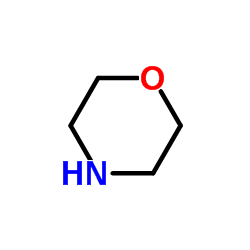
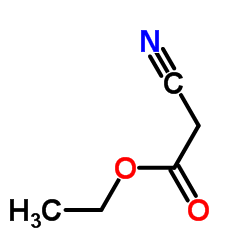
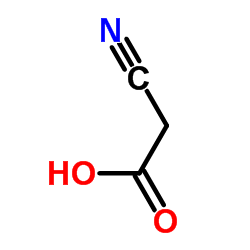
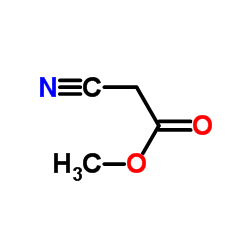
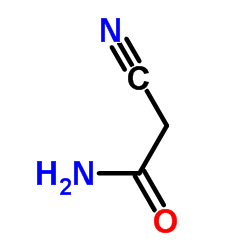
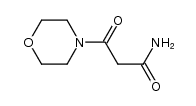

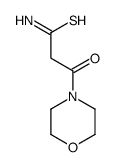
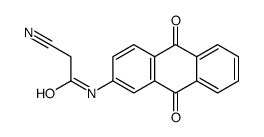
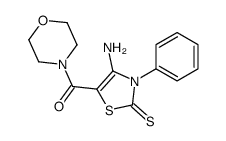
![[4-amino-3-(2-methylphenyl)-2-sulfanylidene-1,3-thiazol-5-yl]-morpholin-4-ylmethanone structure](https://image.chemsrc.com/caspic/287/57036-92-7.png)